Nationality Paraguayan Name Florentin Gimenez | Role Composer | |
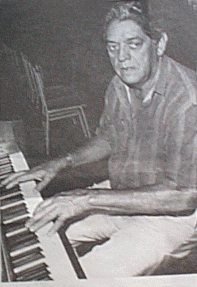 | ||
Full Name Florentin Gimenez Born March 14th, 1925 Ybycui, Paraguari Department Known for Music, Composer, Concertist Notable work Minas CueEl rio de la esperanzaPerurima | ||
El compositor paraguayo florent n gim nez se casa a los 89 a os 14 11 2014
Florentín Giménez (b. 1925-03-14; Ybycuí, Paraguarí Department, Paraguay) is a prolific composer with more than 400 compositions; many of them were extraordinary hits.
Contents
- El compositor paraguayo florent n gim nez se casa a los 89 a os 14 11 2014
- Florent n gim nez
- Beginnings
- Childhood and Youth
- Career
- Achievements and Persecution
- His Work
- References
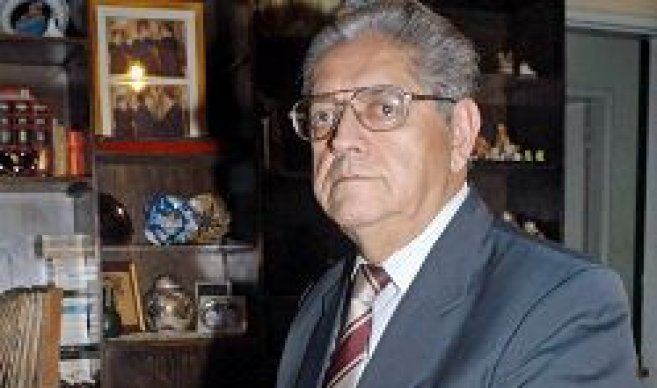
At the age of 80, the great master Florentín Giménez, one of the most versed and prepared musicians of this art in Paraguay, has yet to take a break and keeps working towards incredible achievements that constitute historical milestones for the national art.
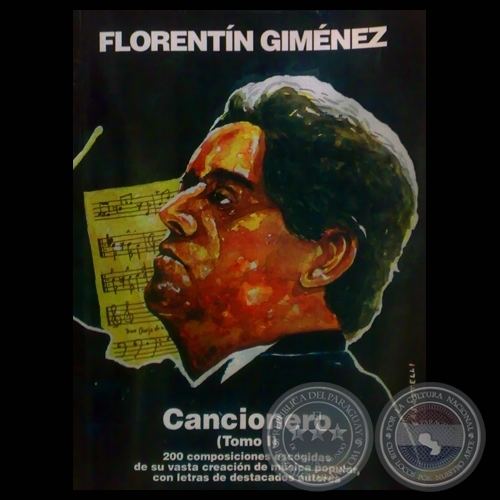
Florent n gim nez
Beginnings

In 1940, at the age of 15 he got in the Band of Musicians of the Capital’s Police Force, where he was student of Salvador Déntice, the same who decades before had José Asunción Flores, Félix Fernández and Darío Gómez Serrato, among others, under his direction. Since that moment he was caught by the power of melodies.
Childhood and Youth
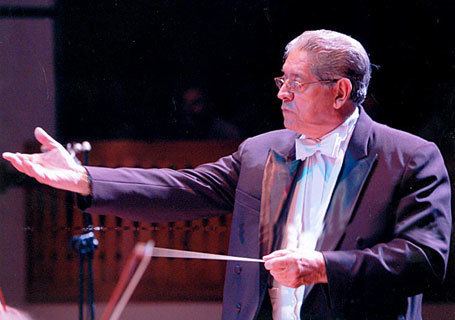
In his teenage years, the drums were the instrument that had caught his attention and after learning how to play, he got in the Orchestra of Popular Music, directed by Severo Rodas. He started this way, his professional musical career, at the age of 18, in 1943.

Since that year he dedicated strongly to his academic education getting a scholarship in La Lira Conservatory, which was under the direction of Pepita Faella, and from where he graduated along with his first compositions of Paraguayan music.
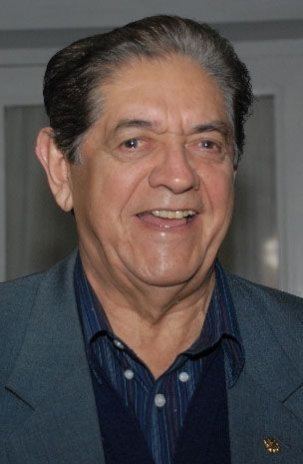
In 1945, at the age of 20 he learned to play the piano and therefore left the drums and became a pianist in the Ramón Reyes’ Orchestra, where he stayed until 1947, year of the Paraguayan Civil War that forced him to leave the country and settle in Argentina.

When the war was over, he return to Paraguay and formed his first orchestra, called “Ritmos de América” (America’s Rhythms), which used to play compositions with his arraignments, obtaining significant success and having reaching an important place among its pairs.
Career
He continued with his academic preparation and specialized in harmony, he had Otakar Platil as a teacher, who by that time, lived in Paraguay and was the mentor of many musicians.

Being in charge of his own orchestra motivated him to keep composing Paraguayan and other musical genres that were performed by “America’s Rhythms”.
In 1950, he created a new group, called “Florentín Giménez y su típica Moderna” (Florentín Giménez and his typical Modern), due to the fame and success his name carried, and the fact that the characteristics of the group responded to what the market demanded at that time. It had 14 members and the vocal support of Oscar Escobar, Juan Carlos Miranda, Carlos Centurión and Jorge Alonso. The group obtained immediately the popular acceptance.
This orchestra, unique in its composition, transformed the musical environment with its particular hits. They toured Argentina’s provinces: Entre Ríos, Corrientes, Chaco, Misiones, Salta, Jujuy, Tucumán, Córdoba, Santiago del Estero and Formosa, with the management of Humberto Rubín.
Achievements and Persecution
At the same time, he formed an orchestra of folklore music, integrated by 30 professors that performed in the intermission of theater plays and radio stations. This was, probably, his most creative achievement because this way many, of his compositions became remarkable hits in the national repertory, for example: “Así canta mi patria”, “Nocturnal”, “Retorno”, “Ka’aguype”, among others.
Because of his resistance and rebel against the autocratic government of his time, being permanent member of the Directive Comity of the Musicians Association of Paraguay, he was signaled “izquierdista” (communist) and was arrested in 1953. He was in jail several weeks and then confined to the city of Clorinda, in Argentina, where he stayed several months. After that event, he returned and continued working, but without the tranquility and safety necessaries. He signed a contract to play with his orchestra in more than 80 Brazilian cities, but he couldn’t keep the contract because the government wouldn’t allow him to leave the country, so he lost the opportunity.
In 1956, due to the lack of personal tranquility, so necessary for the development of creativity, and also because of the urge to continue his education, he left Paraguay, leaving as legacy great amount of personal achievements in music to try and also win the Argentine market, starting anew in a different environment, but also knowing that there was an artistic collectivity that included José Asunción Flores, Francisco Alvarenga, Demetrio Ortiz, Emigdio Ayala Báez, Herminio Giménez, Jacinto Herrera, Juan Escobar and many others that have already showed their abilities as authors, composers and directors in the Buenos Aires, achieving to diffuse and dignify the Paraguayan music, to which Florentín Giménez would also give much.
Florentín Giménez, composer of “Así canta mi patria” (This is how my country sings) and the first Paraguayan opera “Juana de Lara”, is remembered with admiration and much respect. He received the National Award (created by Law 346/94) from the National Parliament, is Director of the National Conservatory of Music and creator of the National Symphonic Orchestra, which has more than 112 selected musicians.
His Work
Among his symphonic poems are worth mentioning: “Minas cué”, for soloist, choir and orchestra; “El río de la esperanza”, for choir and orchestra; “Ciclos” and other six symphonies: Symphony Concertante No. 1 for piano and orchestra; Symphony No. 2 Stations of the year; Symphony No. 3 in Re major; Symphony No. 4 Sortilege; Symphony No. 5 Quinta tonal and Symphony No. 6 dedicated to Agustín Pío Barrios “Mangoré”, in memory of the 50th year of his departure.
He also wrote concerts for 2 guitars and orchestra, for violin and orchestra, and for viola and violoncello.
Other symphonic work of his are: “Fantasía Étnica”, “Misa Paraguaya”, for soloist, choir and orchestra, several musical comedies and zarzuelas such as: “San Juan dice que sí”, “Perurima” with Alcibiades González del Valle; “Romero and Juliet”, “Loma Tarumá”, and “Kurusu Cañete” with Mario Halley Mora, among others.
He composed incidental music for theater plays and for the first production of a film in Paraguay “Juana de Lara”. For the repertory of popular music he wrote more than 300 songs.
Luis Szarán mentions in his Dictionary of Paraguayan Music: “Florentín Giménez’ lyrical creation, the opera Juana de Lara, opened in 1987, written in a way very much alike the Romantic Italian style, with a patriotic theme and set in times of the Paraguayan Independence, was one of the greatest artistic shows in the decade of the 80s in Paraguay”.
